How to Get Rid of Mold in the House
Mold spores can be found in every climate type. Mold is a fungus, and some types of mold are extremely beneficial to mankind (such as penicillin), while others can be harmful.
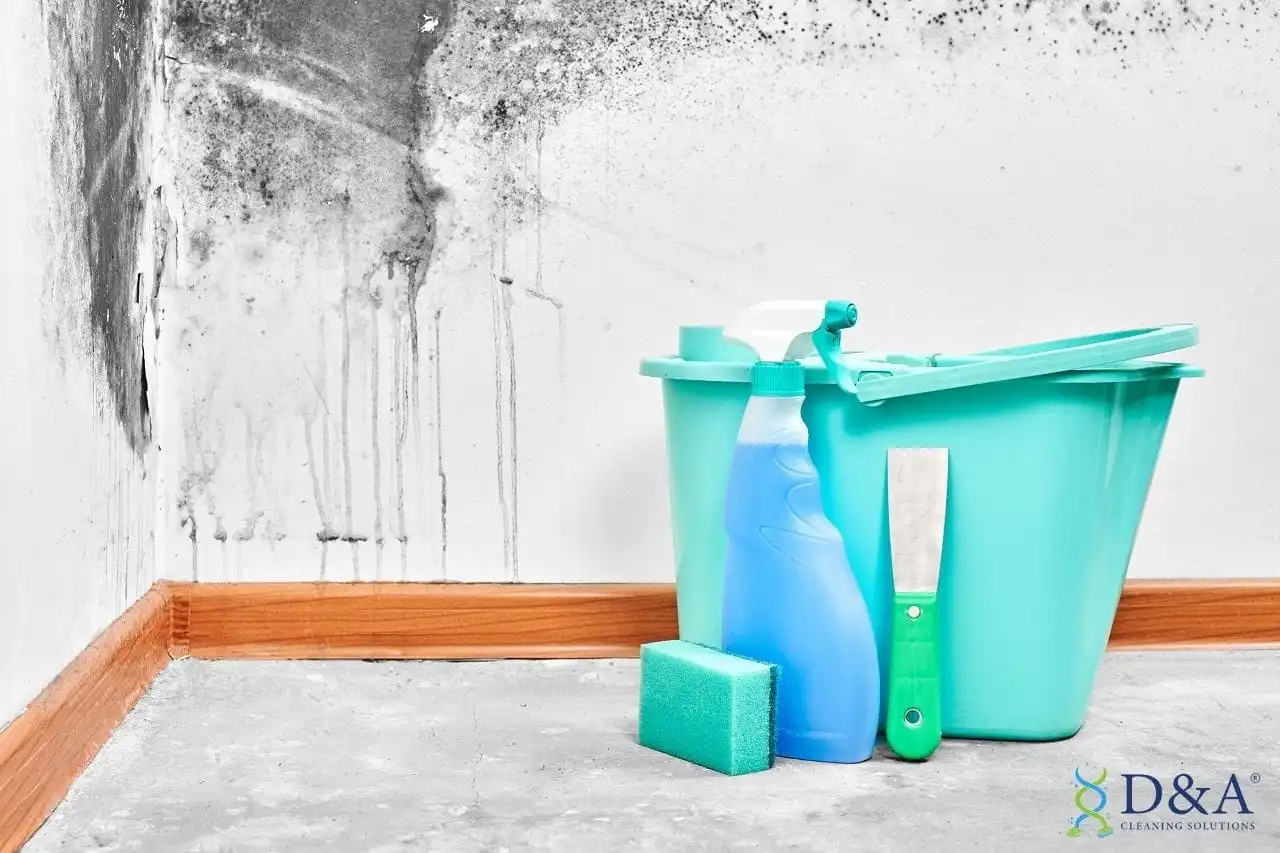
What are Mold and Mildew?
The most common type of mold found in our homes is mildew. It’s a surface mold that grows in damp, warm places, like in bathrooms and basements. Mildew starts as a white or gray powdery spore. If not removed promptly, it will turn black or brown and resemble soil accumulation. Try dabbing the stain with a cotton swab soaked in household chlorine bleach to determine whether it is mildew or just dirt. If the stain fades within two or three minutes, it’s mildew and if it doesn’t, it’s probably just dirt.
If you smell a musty odor anywhere in your home, there are many molds there. Mold can grow from a damp crawlspace under your house or in carpet padding that has mold growing in it; when you notice that smell, you’ll want to find a solution to the problem.
Although mildew discolors and slowly harms surfaces, there are more dangerous molds that can damage the structure of your home. When you see a black or green mold that is fuzzy or slimy, and the drywall or wood beneath it is soft or crumbly, you have irreversible rot. You need to remove the house mold and the damaged surfaces immediately.
Contact us at +1(872)305-1777 to schedule a free estimate!
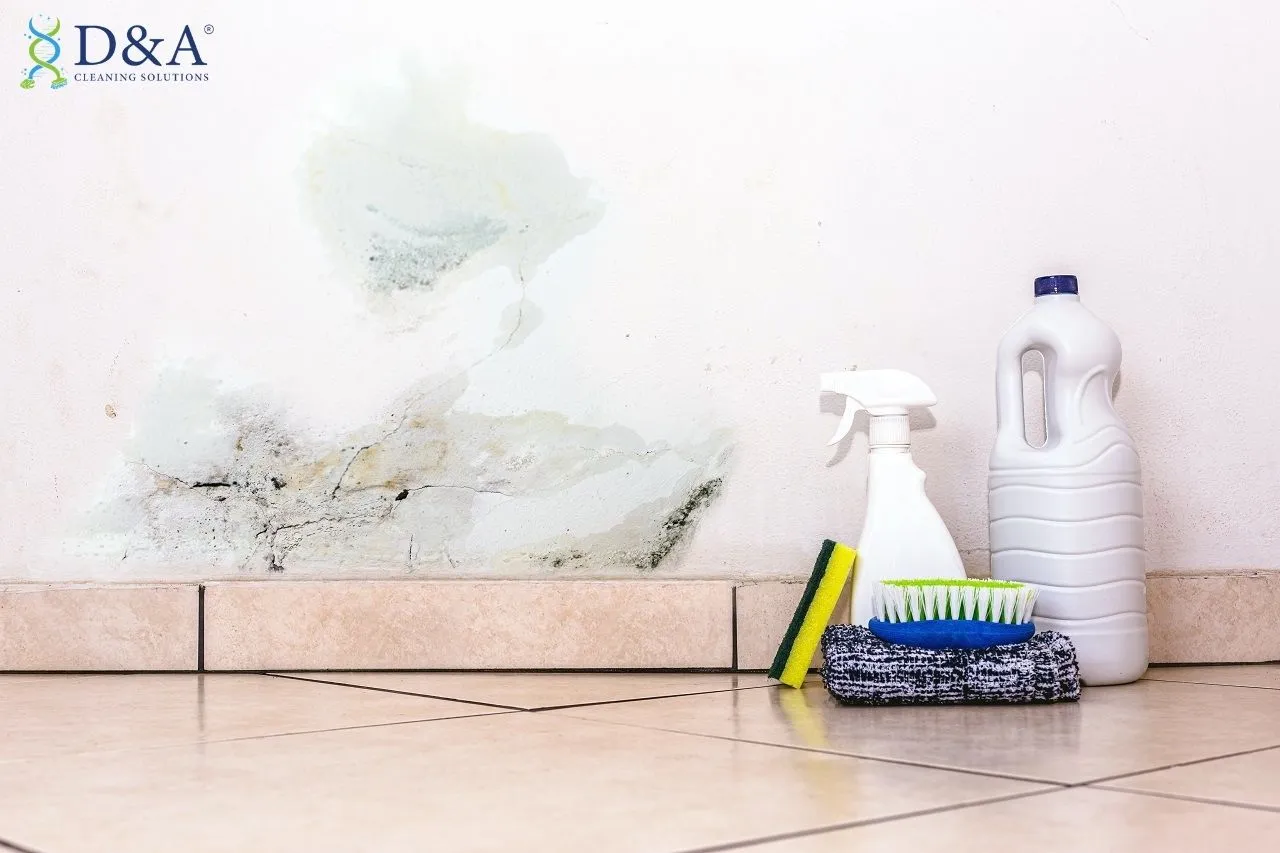
How to Get Rid of Mold on Tile and Grout
The most difficult areas to maintain mold-free are those with tile and grout, as they are typically the dampest places in your home. Bleach and water solution works well on these surfaces to get rid of mold as long as you let it sit for 15 minutes before scrubbing. In the event that the mold has spread to your shower curtain, wash it following the manufacturer’s instructions if it is made of fabric. Wash it in warm water with laundry soap and bleach on the delicate cycle, If it is plastic. Replace it if you think it can’t be cleaned.
How to Get Rid of Mold on Floors, Walls, and Ceilings
When house mold grows on some materials, such as carpeting or ceiling tiles, you will almost always have to replace them. If the substance is porous, you’re more likely to have to get rid of it. Surfaces like drywall and plaster can be cleaned with dishwashing liquid (one part) mixed with bleach (10 parts) and water (20 parts). Wipe the mixture over the affected area and allow it to air dry.
To remove mold on wood, vacuum the affected area and the surrounding area with a vacuum equipped with a HEPA filter. A solution of one teaspoon of dishwashing liquid and a spray bottle of water will probably suffice to remove mold that hasn’t penetrated deeply into the wood. Use a soft-bristled brush for the mold cleanup, and when you’re done, dry the surface with a soft towel. You can also try equal parts water and undiluted white vinegar. If the mold returns, mix a teaspoon of borax with a cup of water and make one of the best homemade mold cleaners. Using a scraper, remove the outer layer to allow the borax to penetrate the wood, inhibiting future mold growth.

How to Get Rid of Mold on Home Appliances
Similarly, you need to clean the appliances in bathrooms, kitchens, and laundry rooms regularly to prevent mold growth. For refrigerators, wipe down with white vinegar; for coffee makers, fill the reservoir with half water and half vinegar and let stand for three minutes. Run the mixture through a brewing cycle, toss it, and then repeat the process several times with plain water.
It is recommended to clean washing machines once a month. Fill the washer with hot water, add bleach, and run. Check the door seals of the refrigerator and washer for house mold.
How to Get Rid of Mold on Books and Papers
Even though mold eventually destroys paper, it can be removed from books and papers. Consult a professional curator before attempting to remove mold from important documents.
Do not dampen the paper. The mold will grow and become almost impossible to remove. It is best to allow books to air dry completely in the sun or to place them in a sealed container with moisture-absorbing material like silica gel or cornstarch between the pages.
As soon as the book is dry, go outside and gently brush mildew from the cover and each page with a soft brush or cloth. You can protect the pages behind each page by sliding a sheet of waxed paper under them. Using a clean, soft cloth dampened with hydrogen peroxide, wipe each page down and allow it to air dry completely before moving on to the next.
How to Get Rid of Mold on Home Exterior Surfaces
Although chlorine bleach is very effective for cleaning all types of siding, concrete, stone, and brick, it is harmful to plants and lawns. Use heavy plastic sheeting to protect grass and plants.
To make chlorine bleach:
- Mix one cup of bleach with one gallon of water. The solution can be sprayed on the ground with a garden sprayer, used with a power washer, or scrubbed with a brush to kill black mold.
- Protect yourself by wearing safety glasses, gloves, protective clothing, and respirators.
- Keep in mind that bleach causes color loss in almost all fabrics.
Let the bleach and water solution soak into the moldy areas for several minutes. If the mold begins to lighten, move to another spot. If the stains persist, scrub the area and reapply bleach and water solution. Let the area air dry completely. Finally, wash nearby planted areas with plain water.
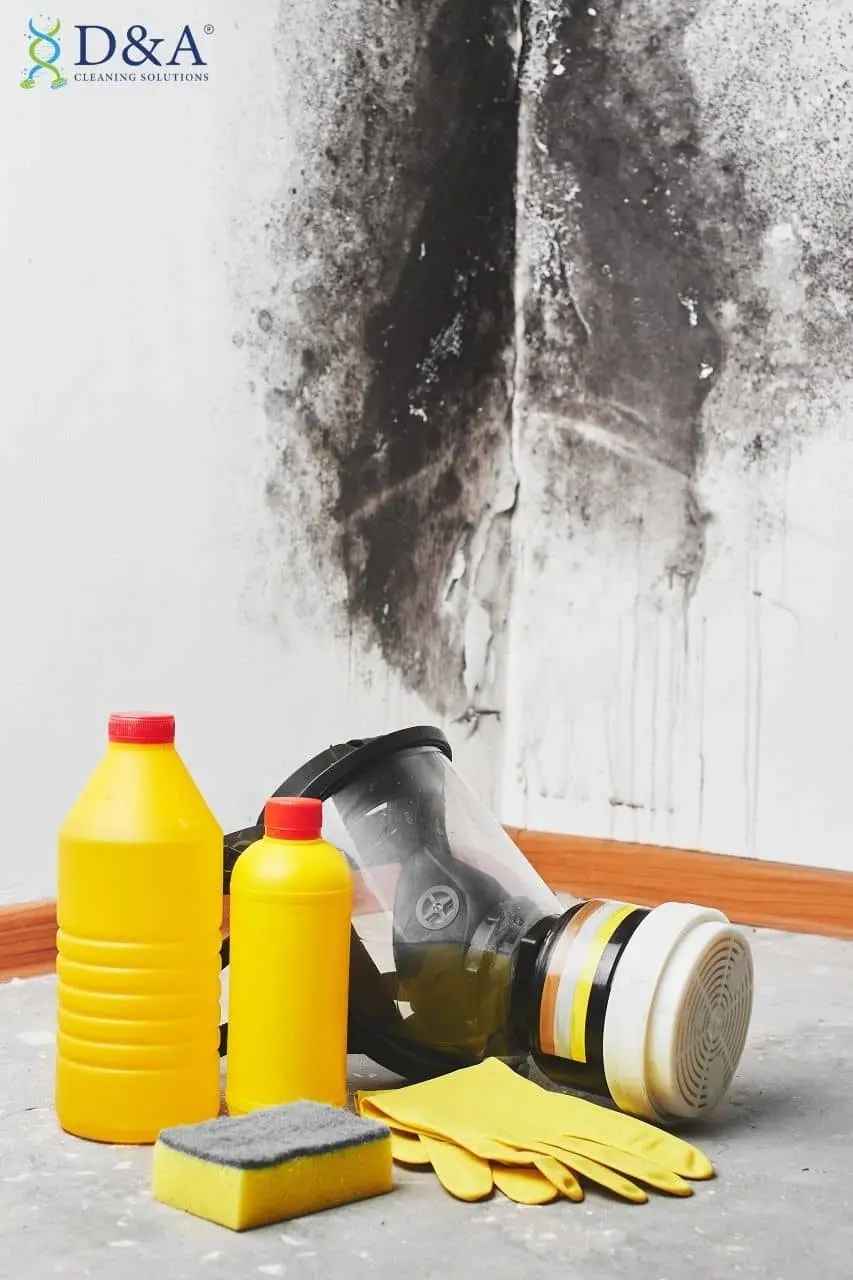
Hire a Professional Mold Removal Company
Mildew infestations can be easily handled with household mold cleaners if caught early, but with a professional cleaning company, you can prevent this from happening in the first place.
If the mold covers 10 square feet or more, you must call professional mold cleaners.
Getting rid of large mold colonies involves exposure to heavy-duty chemicals and proper disposal of infested building materials. Whether you need mold cleanup or any other home cleaning services in & near Arlington Heights, IL, you can count on us. Call us today or fill out this form to get your free estimate!


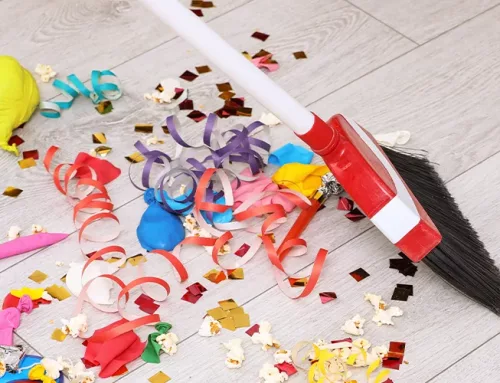
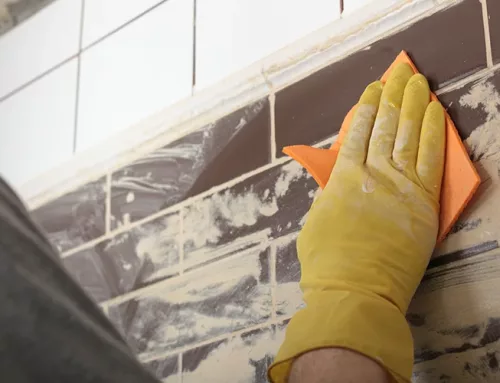
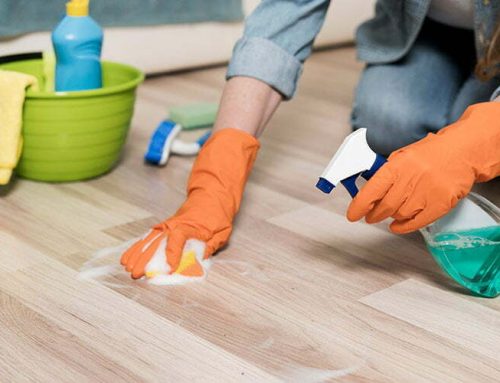
Leave A Comment